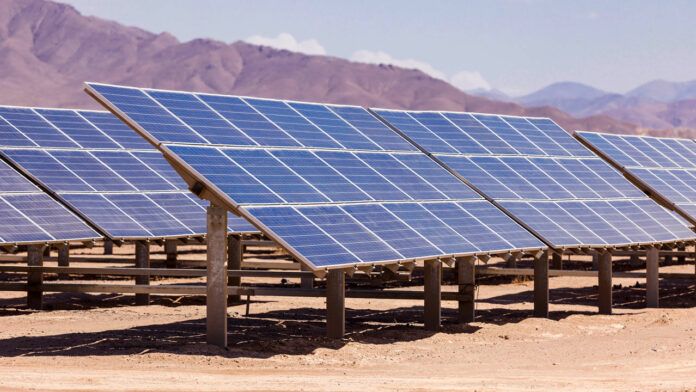The elemental origin of energy is solar energy. The sun’s energy that reached the planet millions of years ago was trapped in coal, oil, natural gas, and other forms of fossil fuels. The sun also owes energy to the wind or the waves of the sea. You can also use solar energy directly by using special systems for the generation and accumulation of solar energy.
Solar radiation is a stream of energy emitted by the Sun in all directions. The measure of the amount of solar radiation that reaches the earth from the sun is the so-called solar constant. It is the value of the solar radiation energy flux density on the surface of the stratosphere and currently amounts to 1.4 kW/m2.
There are three components of solar radiation that reach the surface of the Earth:
- Direct is coming from the visible solar disc.
- Diffuse is formed as a result of repeated refraction of the elements.
- Reflected atmosphere resulting from the landscape and surrounding reflections.
The energy of solar radiation reaching Earth is 170,000,000 GW. There is, in fact, a relatively simple possibility of using up to 600,000 GW. It’s a lot more than enough.
The Origin And Evolution Of Sun
The Sun has formed about 4.7 billion years ago as a result of the contraction of the hydrogen-containing interstellar gas cloud. This contraction, the effect of gravity, the attraction of all masses, caused the heart of the star to warm up.
When the temperature was high enough, the fusion reactions began, turning some of the hydrogens into helium. So the sun was born. The sun radiates a small amount of energy that heats the bodies that are exposed to it. The main source of solar energy is an uninterrupted chain of fusion reactions that convert hydrogen into helium.
As with its formation, it continues to endure within the sun. Models of the internal structure of stars can be predicted by the evolution of the sun. Thus, it is estimated that in 4.7 billion years, when the hydrogen reserves inside it are exhausted, the heart of the Sun will begin to collapse and its outer layers will stretch-the star will become a “red giant.” The temperature on our planet is going to rise to 20,000 sC!
The sun will continue to collapse inward and cool down to finally become a “little dwarf”-a small, cold star of enormous mass, about the size of the Earth.
Benefits
Solar energy has several advantages:
- Universal availability; no negative consequences for the environment during operation; no ageing of PV installations after 20 years of operation; virtually no reduction in power;
- Minimum operating costs; reduced dependence on energy suppliers in domestic installations.
Uses Of Solar Energy
Solar energy can be used in a variety of ways, including for heating and power generation:
- The passive photothermal conversion process. Solar energy can be used simply to heat the water that flows through a special pipe system. This way of using energy is not suitable for mass installations but is used in farms to heat buildings, supply hot water or pumps.
- The photovoltaic conversion process. Solar cell technology converts solar radiation directly into electricity. Photovoltaic cells are currently primarily made of silicon-based semiconductors. They are characterized by their long service life and reliability.
Even cells installed 20 years ago do not usually show a significant decrease in power, producing more than 90% of the energy originally produced. Solar cells work best in places where there is a lot of sunlight, such as deserts, where land isn’t used.








